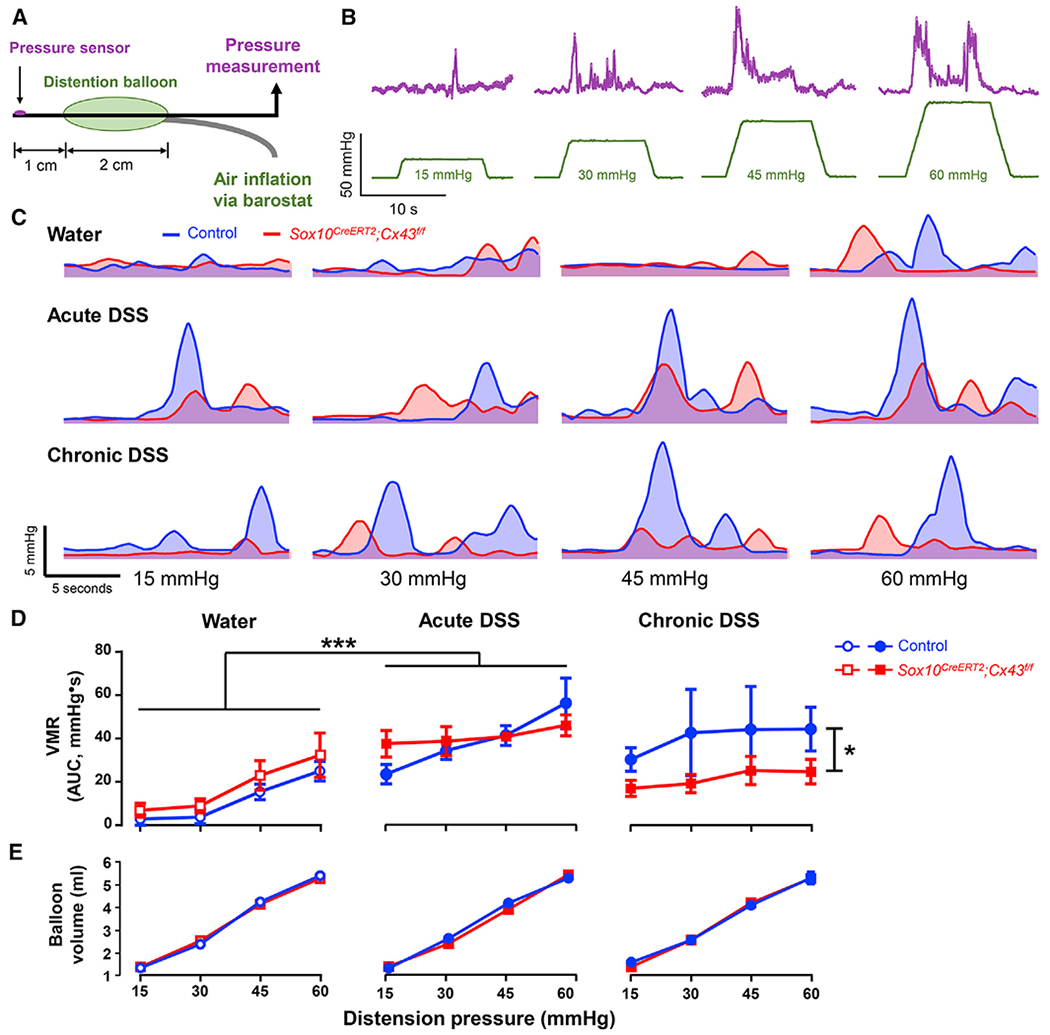Figure 2. Cx43 Deletion in Enteric Glia Protects against the Development of Visceral Hypersensitivity following Chronic DSS Colitis.

(A) Model of the pressure probe and distension balloon used to record visceromotor responses (VMRs) to colorectal distensions in mice.
(B) Representative pressure recordings (top, magenta) in response to distention of the colorectum (bottom, green).
(C) Smoothed representative traces of VMRs in control (blue) and Sox10CreERT2;Cx43f/f mice (red) treated with water (top row), acute DSS (middle row), or chronic DSS (bottom row). The area under the curve (AUC) was used to quantify the VMRs in (D).
(D and E) VMR (D) and compliance (E) measurements in Sox10CreERT2;Cx43f/f mice (red) and their control littermates (blue) after treatments with water (left), acute DSS (middle), and chronic DSS (left). *p = 0.025; ****p < 0.0001; 2-way ANOVA. Data are shown as mean ± SEM, n = 5–8 mice. (D) Water-treated Sox10CreERT2;Cx43f/f animals and their control littermates had comparable basal VMRs and exhibited similar increases following acute DSS. Mice lacking glial Cx43 do not exhibit heightened VMRs following chronic DSS colitis. (E) Compliance measurements were equal in all groups.
